Scrap steel is recycled for several environmental, economic, and resource conservation reasons.
Here are some key factors contributing to the recycling of scrap ste
Recycling scrap steel helps conserve natural resources. By reusing steel from recycled scrap, there is less demand for new iron ore, coal, and limestone – the primary raw materials used in traditional steel production.
Producing steel from raw materials is an energy-intensive process. Recycling scrap steel requires significantly less energy compared to the production of steel from iron ore. The energy savings from using recycled steel contribute to a reduction in greenhouse gas emissions and lower overall energy consumption.
Traditional steel production involves mining raw materials, which can result in deforestation, habitat disruption, and soil erosion. Recycling scrap steel helps minimize the environmental impact associated with mining and extraction activities.
Recycling scrap steel contributes to the economy by creating jobs in the recycling industry. It also helps reduce the costs associated with extracting and processing raw materials for steel production. Additionally, the recycled steel can be used to manufacture new products, contributing to economic growth.
Recycling scrap steel reduces the amount of waste sent to landfills. Steel is a durable material that retains its properties even after recycling, so incorporating scrap steel into new products helps extend its life cycle and reduces the need for disposal.
Steel is a significant component of solid waste, and recycling helps alleviate the burden on landfill space. By diverting scrap steel from landfills, valuable space is preserved for materials that are less suitable for recycling.
Recycling scrap steel aligns with the principles of a circular economy, where materials are reused, recycled, and repurposed to minimize waste and promote sustainability. This approach contrasts with the linear model of extraction, use, and disposal.
Recycled steel retains its properties and can be used in various applications, from construction to manufacturing. The versatility of recycled steel makes it a valuable resource for a wide range of industries.
As the global demand for steel continues to rise, recycling scrap steel becomes essential to meet this demand sustainably. Incorporating recycled steel into the production process helps balance the need for steel with environmental considerations.
In summary, recycling scrap steel is a critical practice for sustainable resource management, energy conservation, and waste reduction. It aligns with broader efforts to build a more environmentally friendly and economically viable approach to steel production and consumption.
Why is steel the most recycled material in the world?
Steel is the most recycled material in the world for several reasons, and its recycling is driven by a combination of economic, environmental, and practical factors. Here are key reasons why steel stands out as the most recycled material:
Endless Recycling Potential:
- Steel is a material that can be recycled continuously without losing its inherent properties. Unlike some materials that degrade during recycling, steel retains its strength and quality even after multiple recycling cycles. This makes it an ideal candidate for a closed-loop or circular recycling system.
Energy Efficiency:
- Recycling steel requires significantly less energy compared to the production of new steel from raw materials. The energy savings associated with recycling steel are substantial, making the process more efficient and environmentally friendly.
Reduced Carbon Footprint:
- The production of steel from raw materials involves a considerable amount of carbon dioxide emissions. By recycling steel, the demand for new steel production decreases, leading to a reduction in greenhouse gas emissions and a smaller carbon footprint.
Abundance of Scrap:
- Steel is a widely used material in construction, manufacturing, and infrastructure. As a result, there is a significant and consistent supply of scrap steel from end-of-life products, manufacturing processes, and construction and demolition activities, making it readily available for recycling.
Economic Incentives:
- The steel recycling industry is economically viable. There is a robust market for recycled steel, and recycling facilities find it economically feasible to collect, process, and sell scrap steel to steel manufacturers. This economic incentive encourages the recycling of steel.
Reduction of Mining Impact:
- Extracting iron ore, the primary raw material for steel, has significant environmental impacts, including deforestation, habitat destruction, and water pollution. Recycling steel reduces the demand for new iron ore extraction, helping to preserve natural resources and minimize the environmental impact of mining.
Landfill Diversion:
- Recycling steel helps divert a substantial amount of material from landfills. Given the durable nature of steel, recycling reduces the need for landfill space and minimizes environmental issues associated with metal disposal.
Versatility in Applications:
- Recycled steel can be used in various applications, ranging from construction to automotive manufacturing. The versatility of steel allows it to serve multiple industries, contributing to its high demand in the recycled materials market.
Global Infrastructure Reliance:
- Steel is a fundamental material in global infrastructure projects, and the demand for steel is consistently high. The recycling of steel helps meet this demand sustainably, contributing to the development and maintenance of infrastructure worldwide.
Circular Economy Principles:
- Steel recycling aligns with the principles of a circular economy, where materials are reused, recycled, and repurposed. This approach minimizes waste, promotes sustainability, and reduces the need for continuous extraction of finite resources.
In summary, the high recyclability of steel, coupled with economic incentives, environmental benefits, and its abundance in various industries, makes it the most recycled material in the world. The widespread and efficient recycling of steel is a crucial aspect of sustainable resource management and contributes to a more environmentally friendly and circular approach to material use.
Can steel be recycled infinitely?
While steel can be recycled many times, it is not truly infinite in its recyclability. Each time steel is recycled, it goes through a process that may lead to some degradation of its properties, and impurities may accumulate in the material. However, the recycling process for steel is highly efficient, and recycled steel can be used to create new products without a significant loss of quality.
Here’s a simplified explanation of the recycling process and why it isn’t truly infinite:
Collection and Sorting: The recycling process starts with the collection and sorting of scrap steel. This can include old cars, appliances, construction materials, and industrial scrap.
Shredding and Melting: The collected steel is then shredded and melted in a furnace. During this process, impurities are removed, and the molten steel is formed into new shapes, such as bars or sheets.
Alloy Changes: With each recycling cycle, there is a potential for changes in the alloy composition. While modern recycling methods are highly efficient at maintaining the quality of steel, some elements may be lost, and impurities may accumulate over time.
Quality Concerns: After multiple recycling cycles, there may be concerns about the steel’s mechanical properties and quality. This is more relevant for certain high-performance applications where very specific steel alloys are required.
Downcycling: In some cases, steel may undergo a form of downcycling, where it is used for applications with lower performance requirements than the original product. For example, a high-strength steel from a car might be downcycled into a lower-strength product during subsequent recycling cycles.
Despite these considerations, the steel recycling process is remarkably efficient, and the majority of recycled steel can be used to manufacture new products without a significant loss of quality. Additionally, technological advancements in recycling techniques continue to improve the ability to maintain the integrity of recycled steel.
In practice, steel can go through multiple recycling cycles, and the concept of a “closed-loop” or circular economy for steel is a realistic and sustainable goal. While it might not be truly infinite, the recyclability of steel significantly reduces the demand for new raw materials and minimizes the environmental impact associated with steel production.

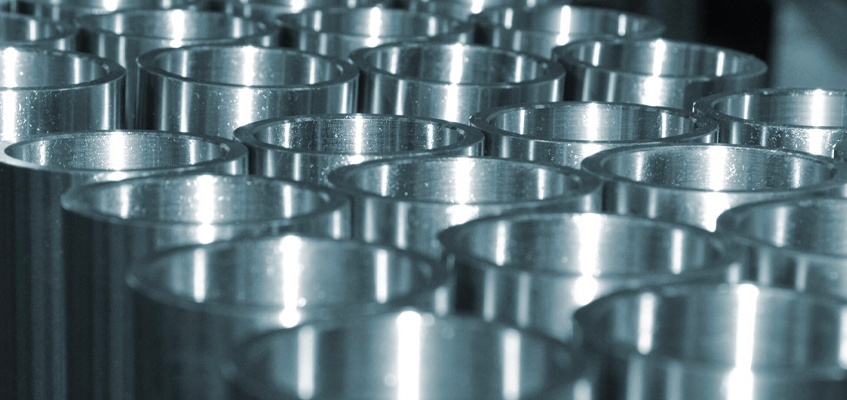
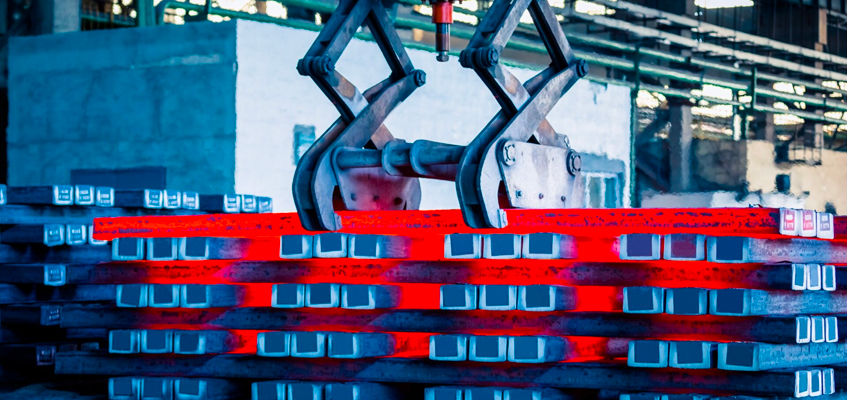
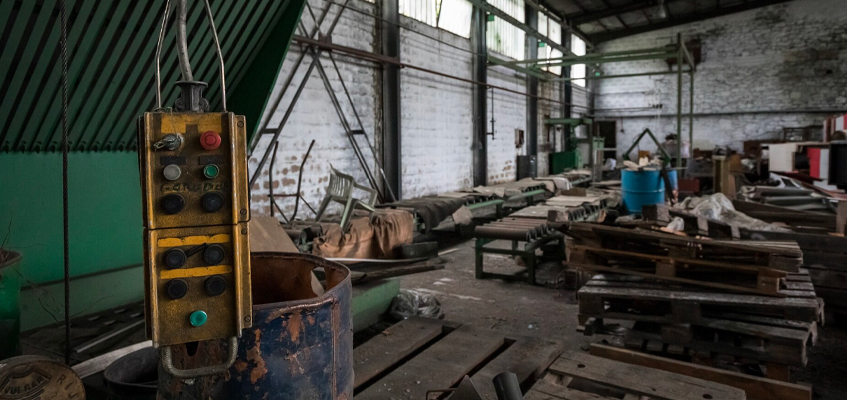
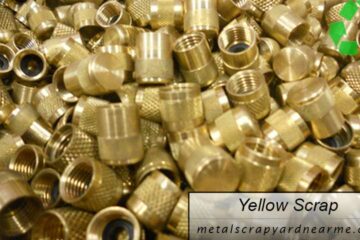
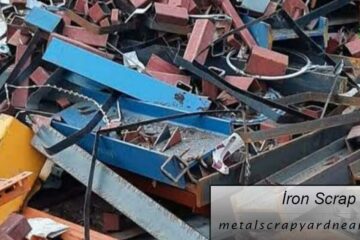
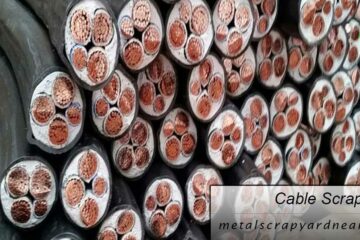
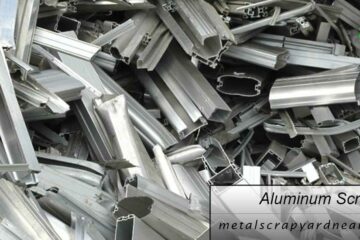
Write a Comment